The announcement that Skoda would replace Holden as New Zealand’s ‘Prime One’ police vehicle supplier was one of the biggest Kiwi motoring stories of 2020 — marking the end of what had become an institution, and a huge win for an emerging marque.
Fast forward to today, and the first Skoda cop cars are preparing to roll out. Over the weekend, the first of the new Superb police station wagons made an appearance at the Starship Supercars Show in Auckland. And today we were able to get an up-close look at what makes it tick.
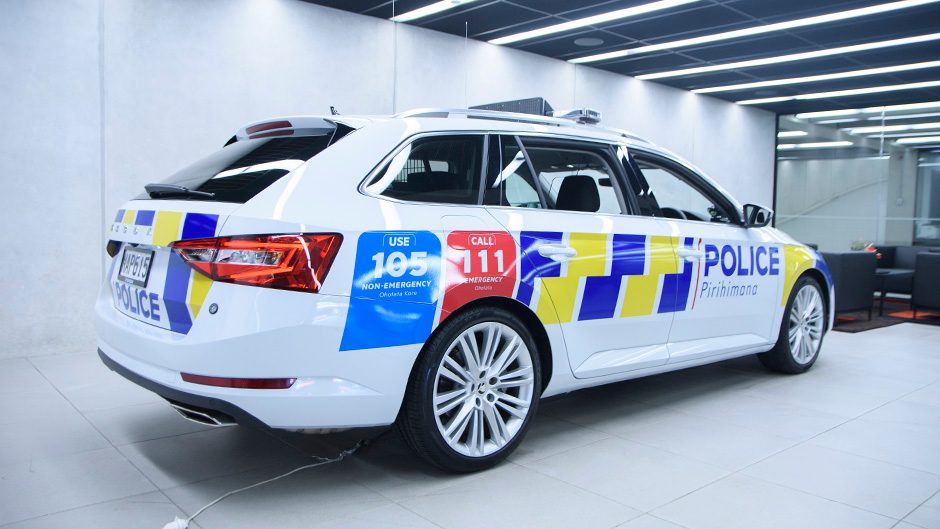
As previously reported, the Superb will be offered to the police in two variants; a front-wheel drive 162kW model, and an all-wheel drive 206kW model like the one pictured. These are MY2021 Superb models, and as such their engines are slightly different to those fitted in current Superbs.
Each model gets a requisite level of new equipment fitted locally, including radio units and other communications equipment, lights (including a lightbar, blue and red flashing lights in the main units, and small LED units mounted just above the front fog-lights), aerials, a mesh partition between the back seats and the boot, and more.
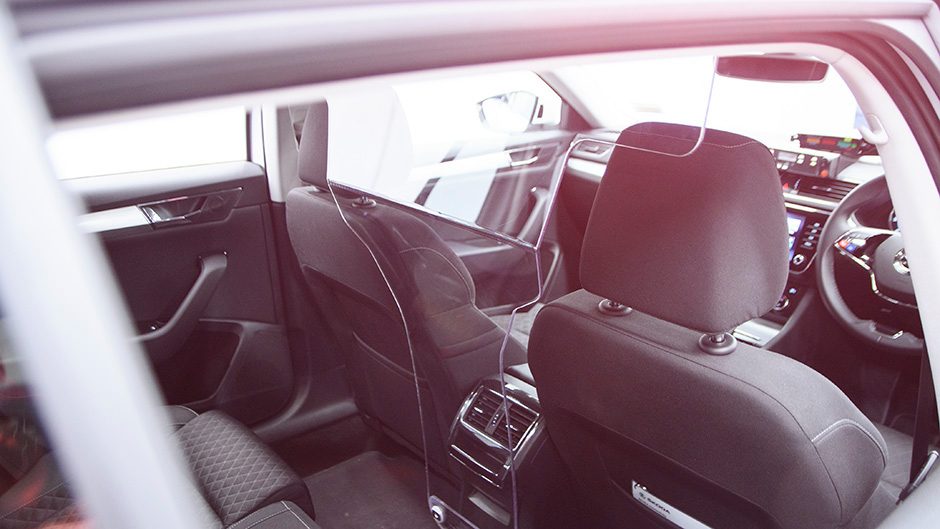
Very few changes are made to local police Superbs that cannot be had on general-sale equivalents, save for some minor exceptions.
Each model also gets a full-size spare, as opposed to a space-saver wheel. They also, as previously reported, come with cloth upholstery instead of leather. This is apparently due to the latter’s knack of ripping during general police work.
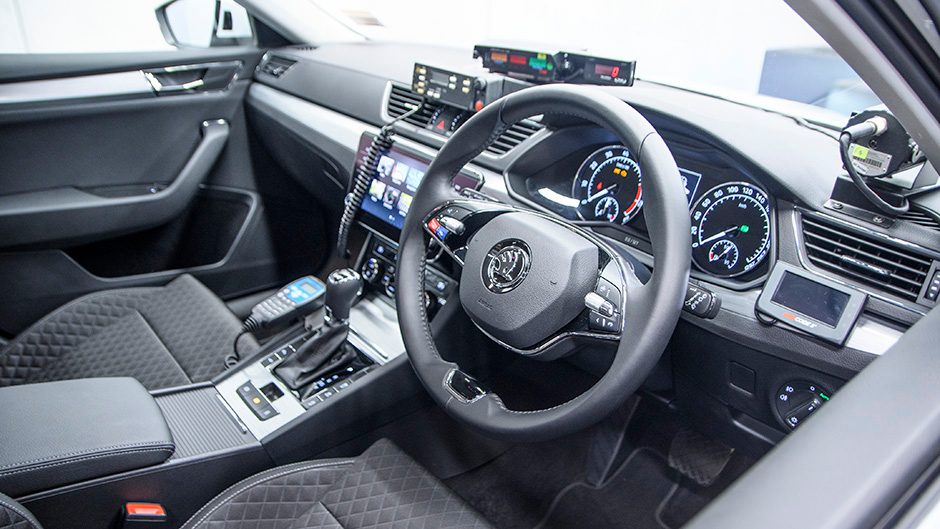
Barring these tweaks, there is no mechanical difference between a police Superb and a Superb off the showroom floor. According to Skoda New Zealand general manager Rodney Gillard, this is something some who tested the car during the evaluation phase couldn’t believe. The nameplate’s toughness was proven when confirmed to police that the model could handle a 200kg load in the rear without any changes to the brake or suspension set-up
The pictured four-wheel drive model doing the promotional rounds features a couple of prototype features. One is a clear plastic partition between the front and back seats, designed to limit how much access detainees in the back seat have of those in the front seats. The current prototype is expected to be revised.
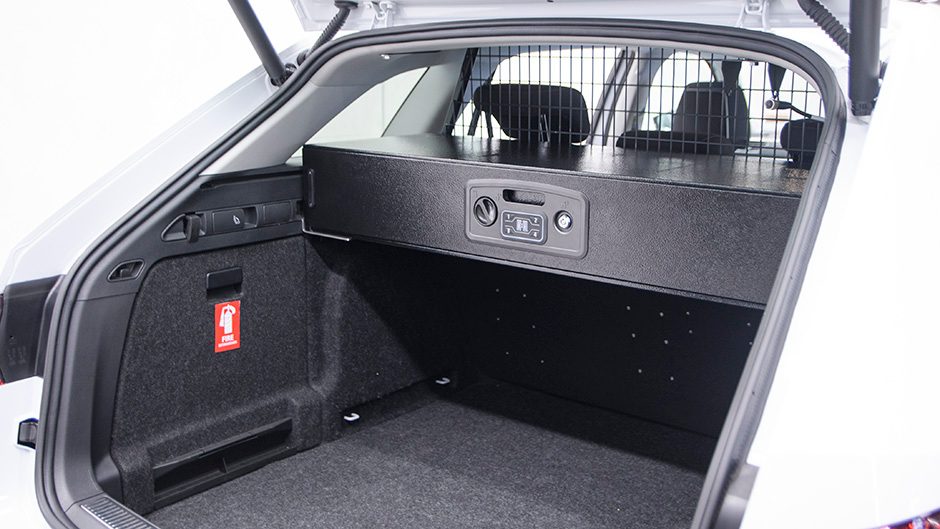
The other trial component is the lockbox in the rear. Mounted where the parcel shelf would be, it can be opened either via key, through something similar to an RFID tag, or via keypad. This can be used to hold weapons and other equipment.
Police are currently understood to be trialing telematics fleet software on their new vehicles. This allows them to track telemetry from vehicle to vehicle and retain a log, although it’s not known if this will be rolled out across all vehicles.
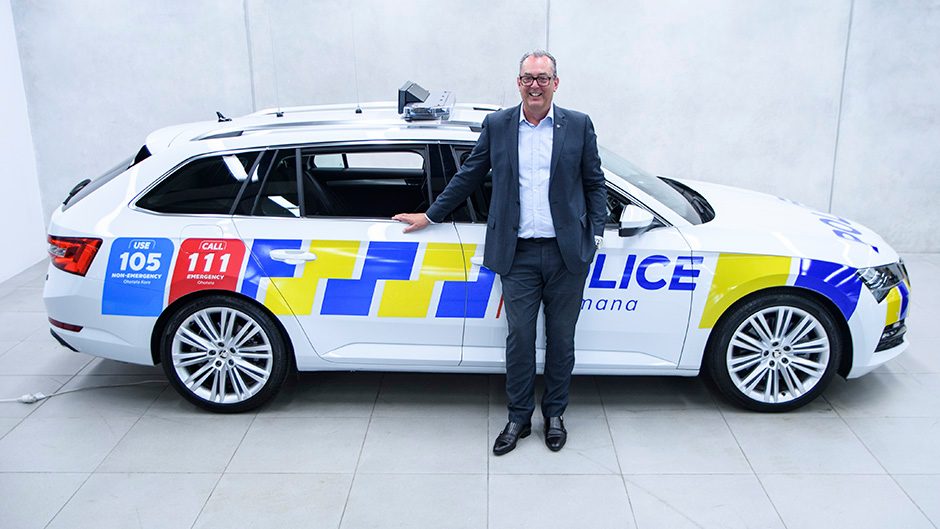
According to Gillard, Skoda has already received compliments from the police regarding how easy it is to load people into the back seats — thanks namely to the flat profile of the top edge of the door aperture. The Superb will only be offered to police as a wagon, which somewhat echoes a decision from local police to ditch liftback variants of the Holden ZB Commodore several years ago due to the small size of the rear door and door cavity.
By the end of June, 101 Skoda Superbs will have been rolled out to constabulary around the country. By the end of the year, that number will have swelled to 386. Full rollout across all police is expected to take around four years, by which point the Superb could well be joined by other Skoda nameplates.


